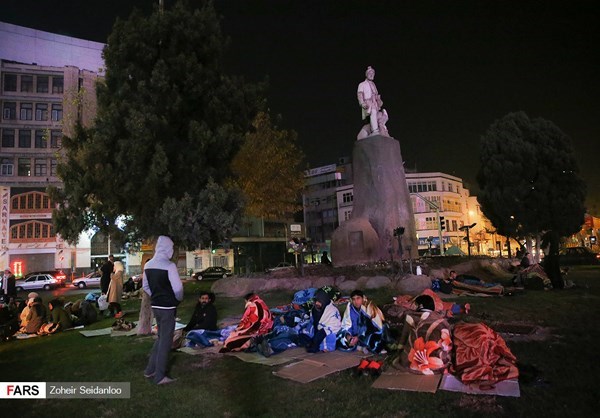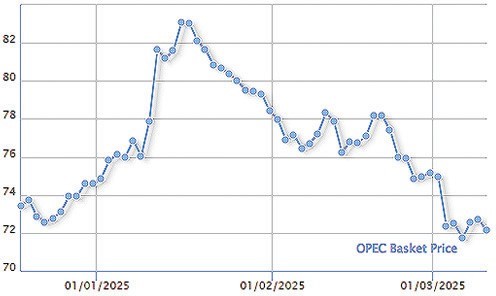December 29, 2017

Tehran residents got a jolt last Wednesday both figuratively and literally as an earthquake that hit about 40 kilometers (25 miles) west of the city rattled the capital—and a lot of people’s nerves, although the death toll was only three.
The quake struck 10-1/2 years after the last time the capital was shaken seismically on June 18, 2007.
Ali Moradi, the head of the National Seismology Institute in Tehran, said the quake and its aftershocks were a good thing since they relieved some of the pressure in the fault lines around the region, making a major quake in the near future less likely.
However, Mehdi Zareh, a professor of seismological engineering, said the exact opposite. He said the recent quake may have doubled the chances of a magnitude 7.0 to 7.5 quake within the next four months.
Every Tehrani is aware of the calculation that Tehran averages a major quake every 150 years. The last big quake to strike was in 1830, 187 years ago, when Tehran was little more than a big village.
Given the state of construction in the city, many predict severe devastation and a huge death toll whenever a major quake does strike Tehran.
Last Wednesday’s quake was measured at 5.2 by the Tehran Seismology Center but at 4.9 by the US Geophysical Survey. Its epicenter was near Malard, in the Karaj region, at a very shallow depth of just seven kilometers (4 miles).
The 2007 quake was rated at 5.5 on the Richter scale and located south of Qom, about 150 kilometers (95 miles) south southwest of Tehran.
In 2004, Maziar Hossaini, manager of the capital’s crisis center, said Tehran sits on four major faults, any of which could produce a major quake. He said 40 percent of the housing in Tehran had no metal supports and would topple easily in a major quake, one measuring 6.0 or greater.
Last week’s quake caused three deaths—a pregnant women died in Malard, while a 10-year-old girl and a 70-year-old woman died in Alborz province. All three deaths were attributed to stress rather than collapsing structures.
The quake was felt in the provinces of Tehran, Alborz, Qom, Qazvin, Markazi and Gilan.
No major damage, such as collapsed buildings, was reported anywhere. However, the rattling caused a minor panic in Tehran. It hit at 11.27 p.m., rousing many people from bed who were too frightened of another quake to go back to bed. The city’s parks were filled with people who built bonfires and set up tents to spend the chilly night more safely outside. The Sports Ministry announced it was opening some sports centers so people could take refuge there.
The main damage reported in the capital was that some telephone landlines were severed.
Schools, universities and government offices in Tehran, Alborz and Qom provinces were shut the day after the quake. (Tehran’s elementary schools had already been closed for four straight days in response to major air pollution.)
The threat of an earthquake leveling Tehran has prompted frequent talk about moving the capital, but no action. President Ahmadi-nejad launched a major campaign to move government offices to other cities, but nothing of substance resulted.
The capital’s construction standards are shoddy. Few buildings are quakeproof. And few residents are willing to believe it when a building manager says their building is safe.
In 2004, Tehran Governor General Ali-Akbar Rahmani said there was no safe building in the city from which emergency management officials could operate in the event of a quake. He essentially threw up his hands and proposed that the political capital and ministries be moved to Esfahan while the financial capital and state-owned firms be moved to Mashhad.
Saeed Laylaz, a political analyst, denounced the idea of moving the capital back then. “The cost could be as much as $20 billion,” he said. “It would be far better to spend the money making buildings in Tehran safe. Even if the institutions of government moved, the vast majority of Tehran’s population would be left behind.”
Tehran adopted a strict building code many years ago, but there is broad agreement that it is just ignored. Talk of moving the capital generally substitutes for suggestions to enforce the building code.






















